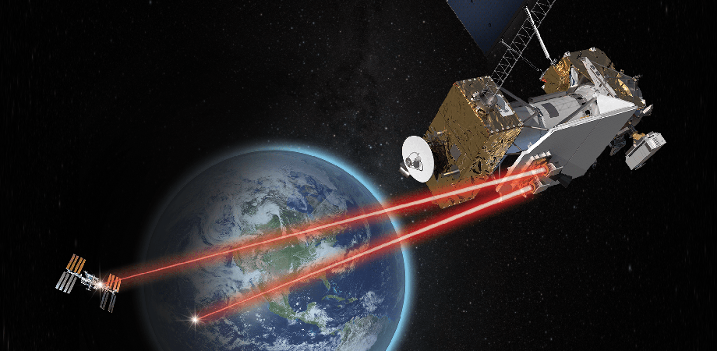Investigation of Hybrid RF/FSO Spatial Networks for improving ATP delays and errors

Problem Statement
With the ever-growing demand for higher data rates and secure, reliable communication, traditional Radio Frequency Spatial Networks (RFSNs) face significant challenges due to their limited bandwidth capabilities. To address these limitations, Free Space Optical Spatial Networks (FSO-SNs) have been proposed as a potential solution, offering high data rates, enhanced security, and global coverage. However, FSO-SNs have specific limitations, particularly regarding the number of terminals that can be mounted on spatial nodes such as satellites, High Altitude Platforms (HAPs), and Unmanned Aerial Vehicles (UAVs). Additionally, the challenges of acquisition, tracking, and pointing (ATP) delays further hinder the effectiveness of FSO-SNs in real-time applications.
A hybrid approach that combines both Free Space Optical (FSO) and Radio Frequency (RF) technologies on each spatial node is proposed to overcome these limitations. In this hybrid setup, RF terminals, with their broader field of view and resilience to environmental conditions, will be employed for acquisition, tracking, and pointing, while FSO terminals will be used exclusively for high data rate transmission. This combined FSO/RF system aims to capitalize on the strengths of each technology, facilitating efficient communication across the spatial network.
The purpose of this assignment is to explore the potential network performance benefits of adopting this hybrid FSO/RF spatial network model.
Task 1: Write a detailed literature review that discusses the key findings and insights from recent research on hybrid FSO/RF technologies in spatial networks.
Task 2: Develop a comparative analysis of FSO and RF systems in spatial networks, how RF terminals can support ATP, how they both interact and fulfill specific roles in the system.
Task 3: Propose a network design model for a hybrid FSO/RF spatial network. Illustrate the configuration of RF and FSO terminals on a spatial node and discuss the operational flow between these terminals to optimize ATP and data transmission.
Contact:
Schisin Ndongson (s.a.douatsapndongson@utwente.nl)
